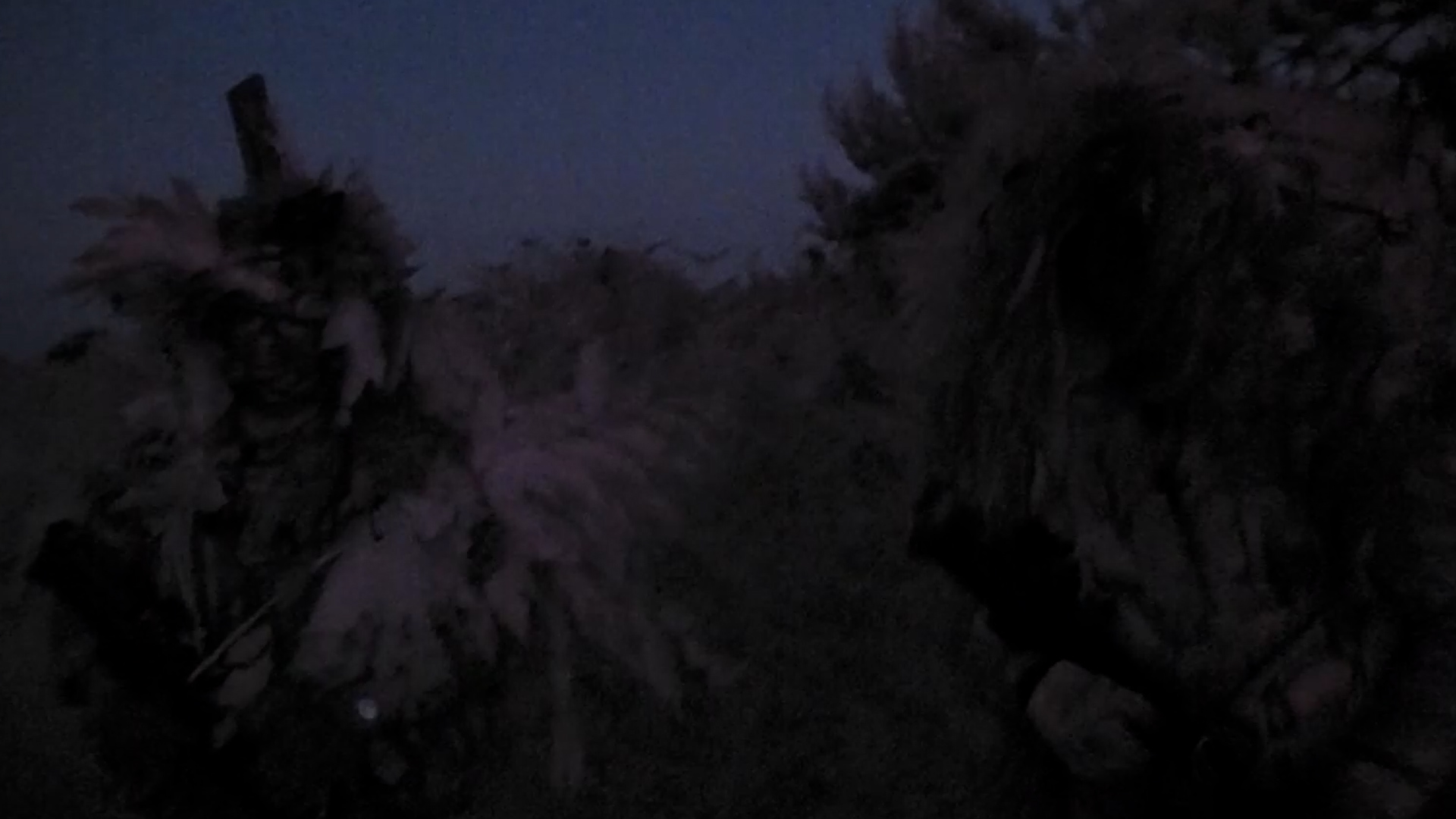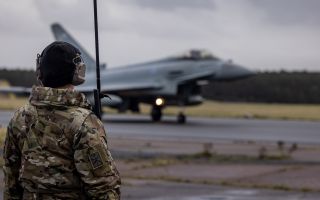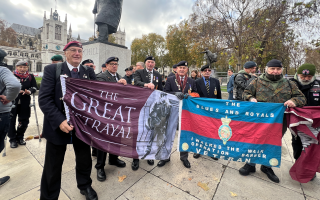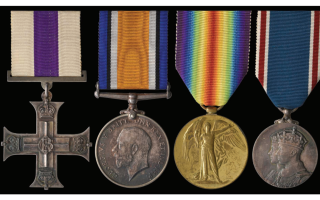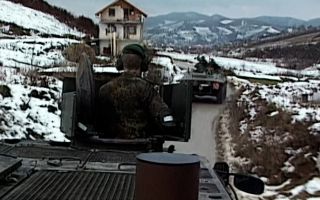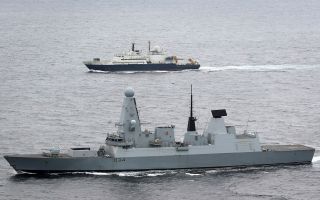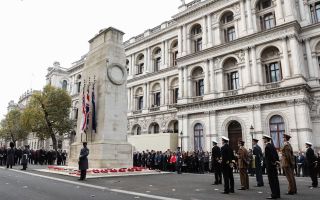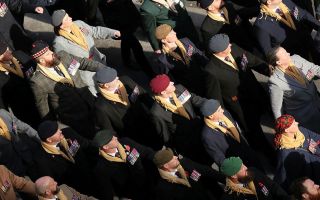Royal Marines sniper trainees take on gruelling challenge as they enter skills phase
Royal Marines who want to become scout snipers have to undergo a 13-week course made up of three modules - and they only have two attempts to get it right.
After perfecting their long-range precision with the L115 A3 sniper rifle on the initial marksmanship module, they move onto the skills module run by the Commando Training Centre.
This module is made up of four parts – mobile observation, static observation, map stance and stalking.

The would-be scout snipers do all of these every day over a seven-day period - and need a 70% pass rate across the week on each of them to accomplish the skills phase.
Being a sniper doesn't just mean having the ability to take a good shot.
It's about knowing your surroundings, knowing exactly where you are, knowing your enemy's position, their pattern of life and what weapons they might have.
This is what the skills phase develops, because a Royal Marines sniper may have to act quickly and carefully.
They could find themselves firing from a helicopter as a maritime sniper, or they might be deployed deep inside enemy territory, relatively isolated from friendly forces.
The observation phases
One element of the module involves mobile and static observations, which starts with the marines making a sketch of what they can see on the ground.
Getting out paper and pens may seem quite low-tech in the modern world, but snipers may be in a situation where they can't use a device that has any signal the enemy might detect.
Sketching what you can see can also focus the mind, meaning the sniper trainees pay attention to the minutiae - which is key for this task.
They use binoculars and a Leupold spotting scope to identify potential threats and absorb as much information as possible.
It's vital for them to understand whether a potential target is the correct one – if and when a shot needs to be taken.
Intelligence-gathering and information retention is a crucial part of the role – and they are always on limited time.
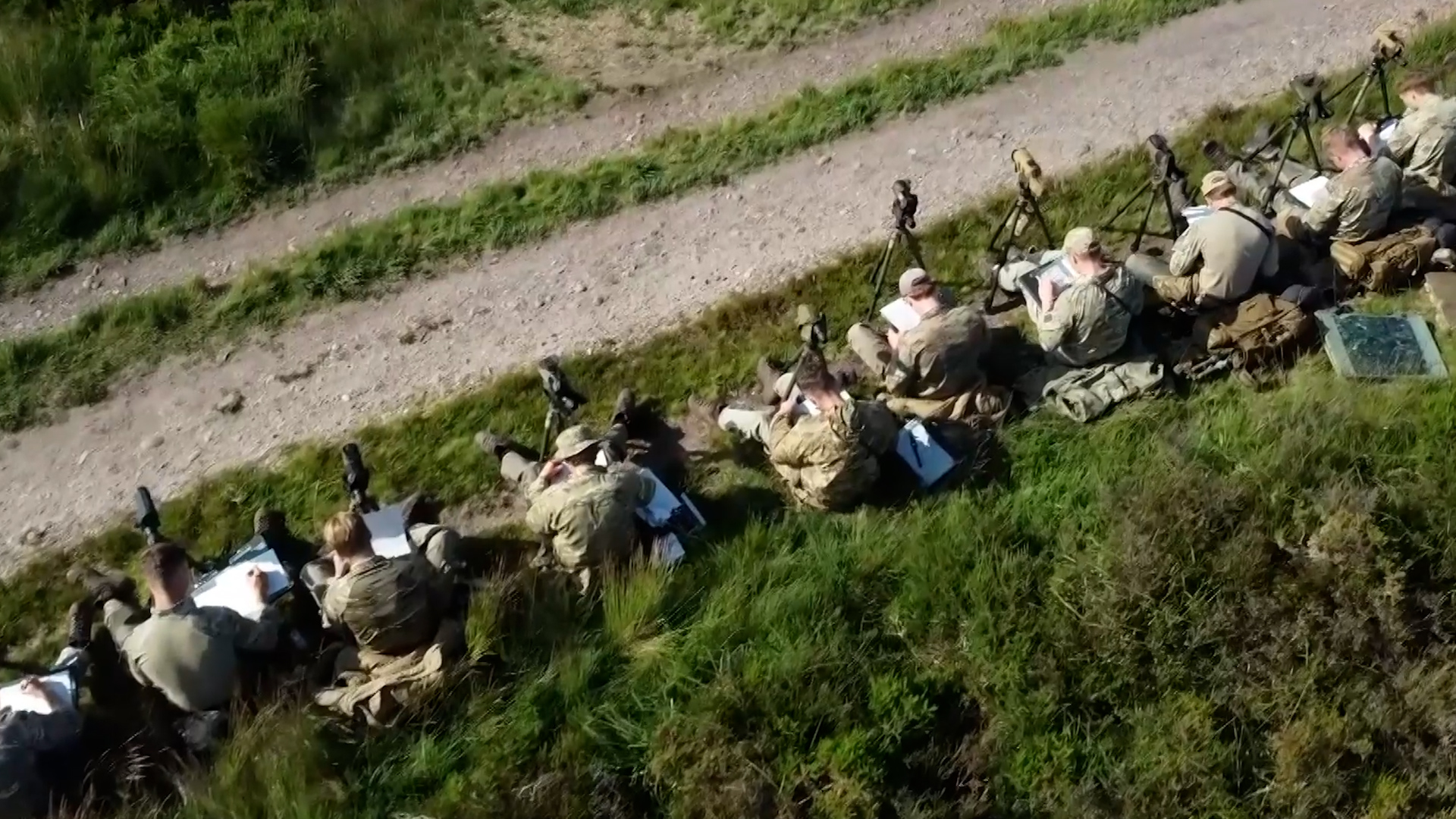
The map stance
In the map stance, the Royal Marines must pinpoint their precise location with a grid reference.
They are expected to be incredibly accurate when it comes to detailed map reading and navigation – far beyond that expected from other marines.
Snipers might have to use the information to call in drones or rockets to try to defeat the enemy.
They use the ground around them and features they can see to work out where they are - as photos and aerials they could work from may be out of date and incorrect.
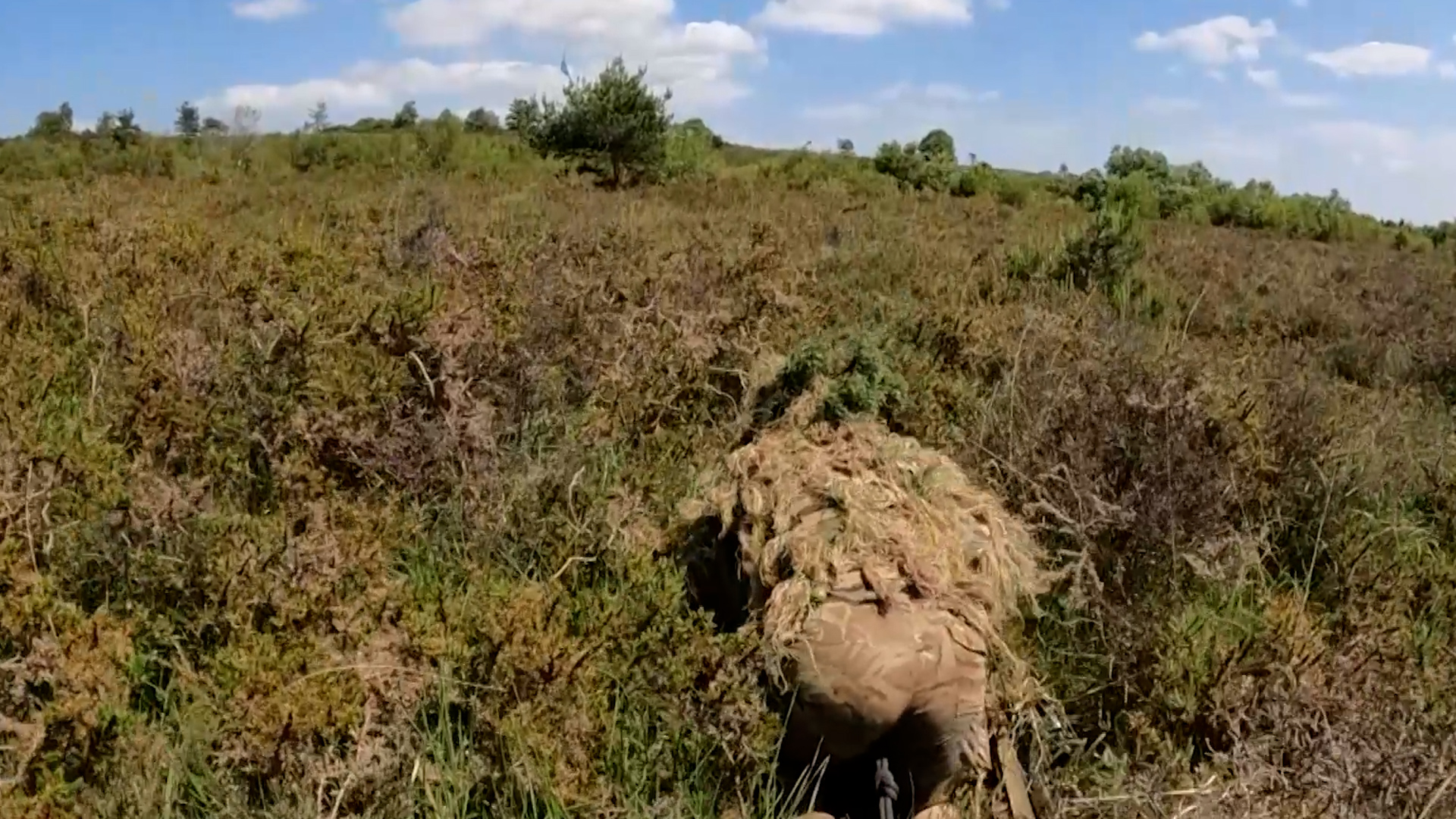
The stalk
Snipers must also understand their surroundings not just so they can know their specific position, but also so they can move across the terrain undetected.
So last but not least on the skills phase is stalking.
They put camouflage cream over their hands and faces and cover their ghillie suits with foliage taken from their immediate surroundings.
The ghillie suit is a garment that can be made from several fabrics, and a variety of twigs, leaves and plants can be attached so they blend into the landscape, making the snipers harder to spot.
In this part of the test scenario the Royal Marines have a set amount of time to move in on an enemy area and take an accurate shot on target.
The snipers begin their stalk from around 1.5 kilometres away, but as they draw closer they need to use slow, low and methodical movements otherwise they will be spotted.
The "enemy" relay to the other instructors where they think they can see someone – some are hunted down and given feedback.
Others make it to the final firing position, or FFP, without being detected - and take the shot.
And to make sure the shot would be on target – the instructors hold up different symbols to make sure the sniper can see them.
Overall, the skills module is a steep learning curve and encompasses more than just being a good shot.
But all the modules are linked, which is why the Commandos must pass them all – including the final one - the tactical module.
